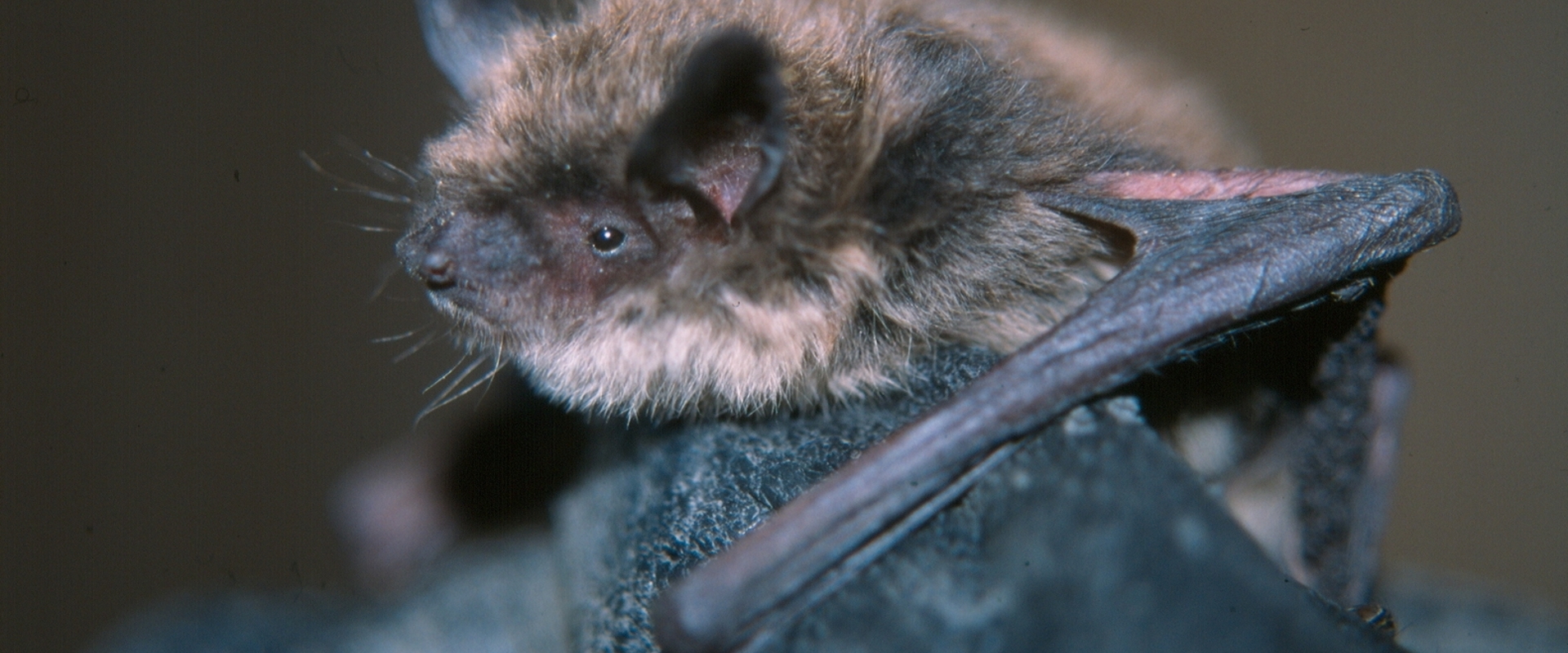
October is Bat Month!
Posted by Devin Manky September 29, 2017
Bats are a bit of a polarizing little mammal. They are fascinating, yet have often been characterized as terrifying creatures of the night. October is Bat Appreciation Month worldwide and here on Grouse Mountain we would like to celebrate all the amazing and wonderful things about bats!

There are over 1,000 species of bats around the world but in British Columbia we only have 16 and on Grouse Mountain five species have been observed over the years. Grouse Mountain offers a good home for some of our tree-dwelling bats and the most numerous of those are Silver-haired bats and Hoary bats. We have also seen Little Brown bats and Big Brown bats up here as well. Grouse also offers a good fueling station for bats moving through on migration. Many of British Columbia's bat species migrate further south for warmer winters and need spots along the way to stock up extra fat reserves for the demands of migration.
The open ski runs and the bright hill lights attract many species of moths, mosquitoes and other insects and are the prime hunting areas for bats on Grouse Mountain. It's easy to take a night time walk under our mountain lights and observe bats on the hunt. An average Brown bat can eat up to 1,200 mosquito-sized insects every hour and can sometimes consume their own body weight in bugs in the course of a single evening! They are amazing for insect and pest control.
It's even more fascinating to go out with an ultra-sonic detector and listen for them! While it's not true that bats are blind, their eyesight has not evolved to see in the dark and so instead they use echo-location to navigate and find their prey. They emit ultra-sonic noise waves that radiate out from the bat's head and if they strike an object they bounce back and the returning sound is picked up by the bat's ears and, in turn, by the bat's brain which pieces it together into a 'map' of the area in front of the bat. As a bat hones in on its prey these waves increase in frequency and we can listen in with specially designed bat listening radios. Each species of bats use a specific frequency of noise for echo-location and as such you can often identify the species just by the frequency of their calls on the bat detector!
Bats are mammals just like humans and give birth to young 'pups' each year which then nurse from the mother. Most of the time bats will have one pup but twins are sometimes possible. Bats have developed extra long finger bones which extend out into the wing and give structure to a thin membrane between them that allows the bat to fly. If human fingers were proportionally as long they would extend down to our feet!
Next time you are out for a walk, whether at home, or on Grouse Mountain, be sure to keep an eye on areas around bright lights to see if you can spot feeding bats. Please join us for Bat Month in October and celebrate the all these fascinating facts about the world's only flying mammals!

